Less-than-truckload carrier Yellow Corp. announced tonnage declines for the first two months of the third quarter. The company saw tonnage per day decline 5.7% year-over-year in July, accelerating to down 8.5% in August.
Yellow’s (NASDAQ: YELL) volume declines were up against easier comps (-4.3% in July 2020 and -6.4% in August 2020) than its peers faced. Results for the rest of the group were compared to smaller declines in July 2020 with modest increases in August 2020.
During the third quarter, other LTLs saw positive tonnage in July, with only ArcBest Corp. (NASDAQ: ARCB) recording a decline in volumes during August. ArcBest pointed to deliberate efforts to cull out noncore LTL freight as the reason for the dip.

Yellow said the tonnage falloff was tied to efforts to push yields higher. The company has made the decision to be more selective in the freight it chooses to haul, which will drive margins higher.
“We continue executing our yield strategy to ensure the optimum level of freight is flowing through the network,” said Darren Hawkins, CEO, in a press release. “Extraordinarily tight LTL capacity with ongoing high demand matched by limits in the U.S. labor pool reinforces our near-term strategy of focusing on yield at this point in the freight transportation cycle.”
Yellow’s revenue per hundredweight increased at a rate that was at the top of the peer group. However, it was up against the easiest comps (-4.6% and -5.3% in July and August 2020, respectively) out of the group.

Carrier working toward consolidation, simpler structure
The quarterly results matter less for the company, which is in the middle of a significant restructuring called “One Yellow.”
Yellow is consolidating its four LTL and one logistics companies, formerly subsidiaries of holding company YRC Worldwide, into a single unit under the same banner, operating on the same technology system. The plan is to emerge from the overhaul as a super-regional carrier (a carrier with a national footprint that has one-, two- and three-day regional service as well as access to transcontinental service), with one customer portal and internal functions like operations, sales and human resources occurring on the same platform.
In the past, the company had been operating as a national carrier with a hub-and-spoke network alongside a group of separate regional carriers. Customer engagement was occurring through the four different fleets and on four separate platforms. This meant that some customers would have two drivers from different YRC companies (national and regional) calling on the same customer facility.
The changes are already resulting in improved density and asset utilization as the removal of redundancy is freeing up capacity, according to Darren Hawkins, CEO.
“It gives the shipment one path to travel,” said Hawkins at a recent investor conference. “The customer drops it into our network. If it’s an O/D pair that gets regional service they get that. If not it goes into the transcontinental network and we’re not running two different linehaul systems with a Holland and a YRC Freight. We’re creating density and moving that freight further, faster at the same time.”
The company is also using a $700 million CARES Act loan to replace aging equipment.
The 2021 capital expenditures budget calls for $480 million to $530 million to be spent on equipment and technology. By the end of 2021, Yellow expects to purchase 2,500 tractors, 3,600 trailers and 600 rail containers. The company was more than halfway through the purchasing plan at the end of the second quarter.
Better fuel efficiency and lower maintenance costs are expected to amount to $10,000 to $12,000 per truck per year. Yellow is replacing roughly 18% of its tractor fleet and 9% of the trailer fleet. Asset ownership will also improve financial returns down the road. Management said they haven’t taken on a new lease since the end of 2019 and have been buying out expiring leases as they come due.
Yellow still sees volume growth in the future.
“Our plan is to grow the business and we are confident that our transformation to One Yellow positions us for long-term tonnage growth,” Hawkins stated in the release.


